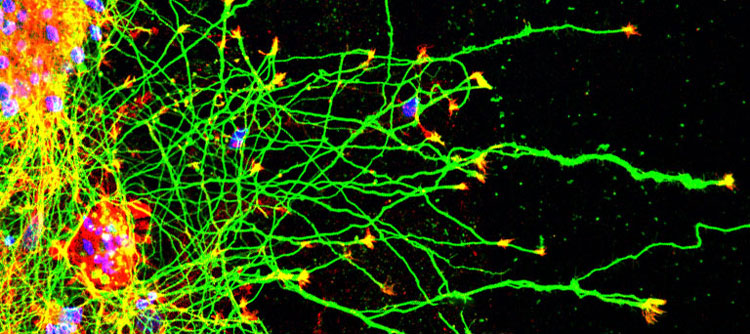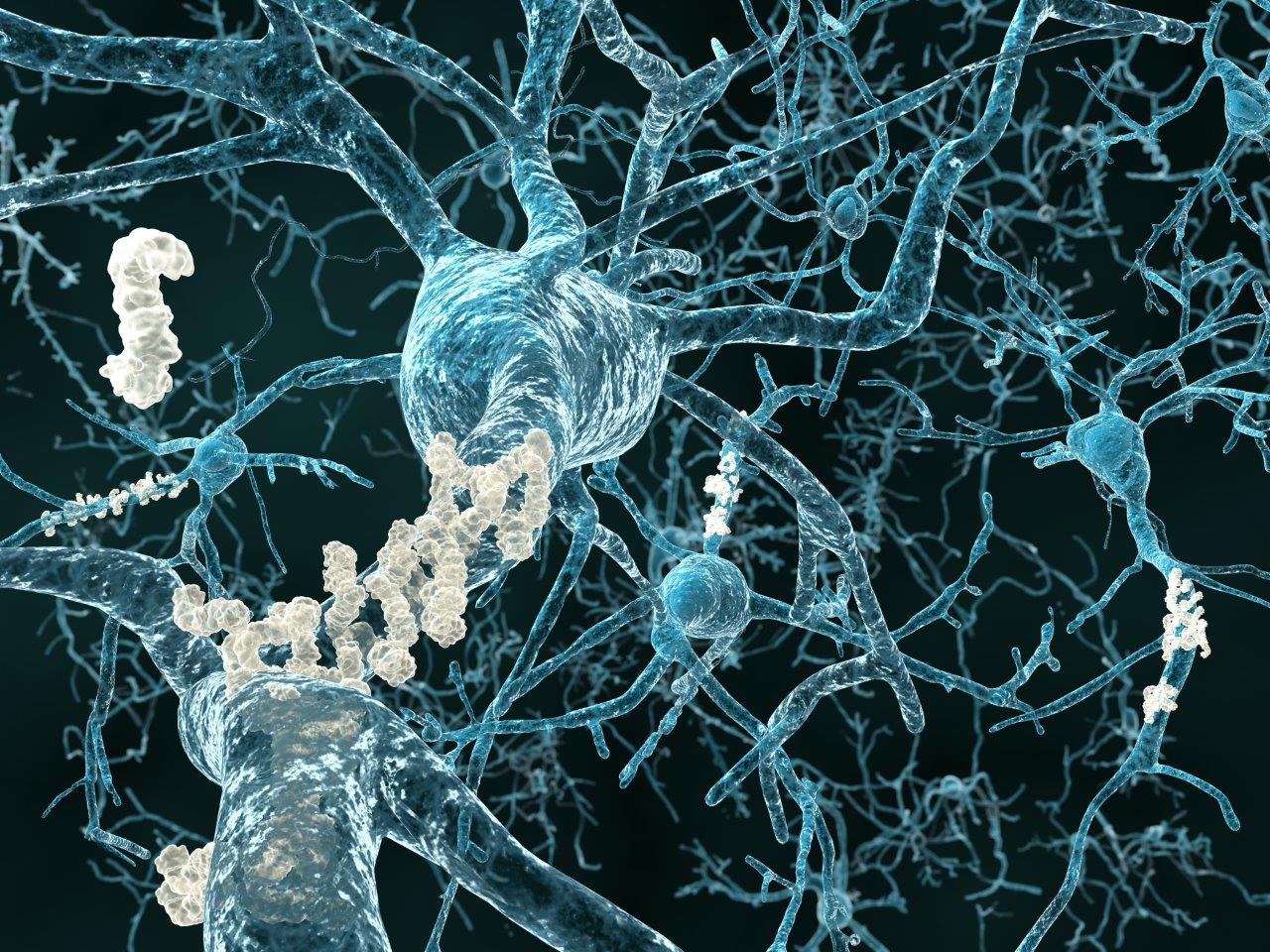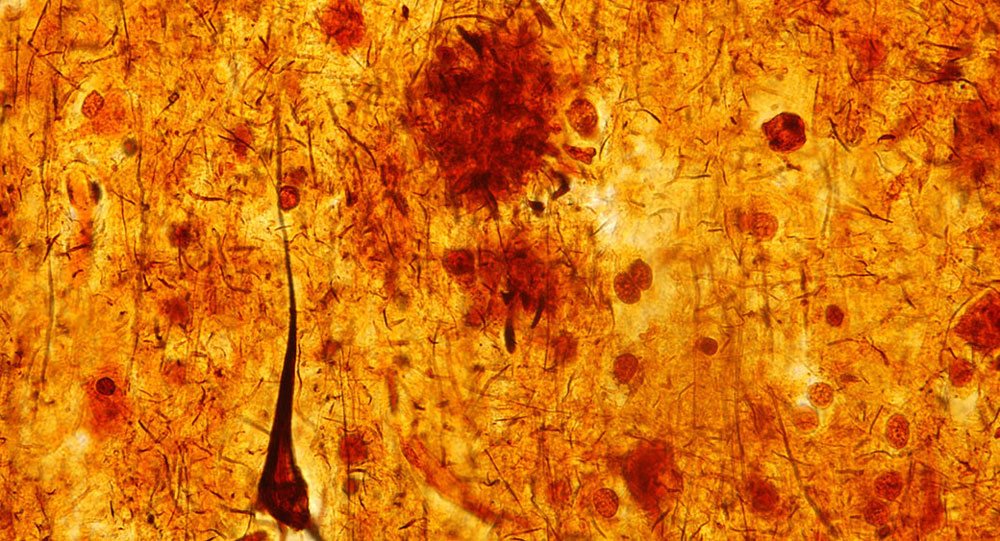New study analyzes how the set of proteins in blood plasma changes following vaccination and infection, and may contribute to improving vaccine development
While many people have received similar mRNA vaccinations to protect against COVID-19, the strength and duration of the resulting immunity varies. It remains unclear exactly what causes individuals’ immune systems to react differently to the COVID-19 vaccine and other immunizations.
To get a better understanding of this phenomenon, scientists at Sanford Burnham Prebys, Seer Inc. and Federal University of Rio Grande do Sul examined the type and amount of virtually all proteins in the blood plasma of 12 volunteers as they received two doses of the Pfizer-BioNTech mRNA COVID-19 vaccine. The research team published the results of this pilot study in the Journal of Proteome Research on February 4, 2025, detailing the first attempt to comprehensively explore how an mRNA vaccine changes the mix and concentration levels of proteins known as the proteome.
The scientists were able to study a set of more than 3,000 proteins, within which they found a set of proteins that changed following each dose of vaccine. The authors also found a set of proteins that could distinguish between research participants who had or had not tested positive for COVID-19 in the months after receiving the second dose of vaccine.
While more research is needed with larger groups of research volunteers, this pilot study suggests that studying proteome changes can increase our understanding of how individuals’ immune systems react differently to immunization. Future findings from additional experiments may reveal methods for developing more effective vaccines.

Svetlana Maurya, PhD, is director of the Sanford Burnham Prebys Proteomics Shared Resource.
Lucélia Santi, PhD, professor adjunto at the Federal University of Rio Grande do Sul, is the senior and corresponding author on the study.
Ting Huang, PhD, a scientist at Seer Inc. focused on data science and machine learning, is first author on the manuscript.
Additional authors include:
- Alex Rosa Campos, Ramón Díaz and Svetlana Maurya, from Sanford Burnham Prebys
- Jian Wang, Alexey Stukalov, Khatereh Motamedchaboki, Daniel Hornburg and Serafim Batzoglou, from Seer Inc.
- Laura R. Saciloto-de-Oliveira, Camila Innocente-Alves, Yohana P. Calegari-Alves and Walter O. Beys-da-Silva, from Federal University of Rio Grande do Sul



